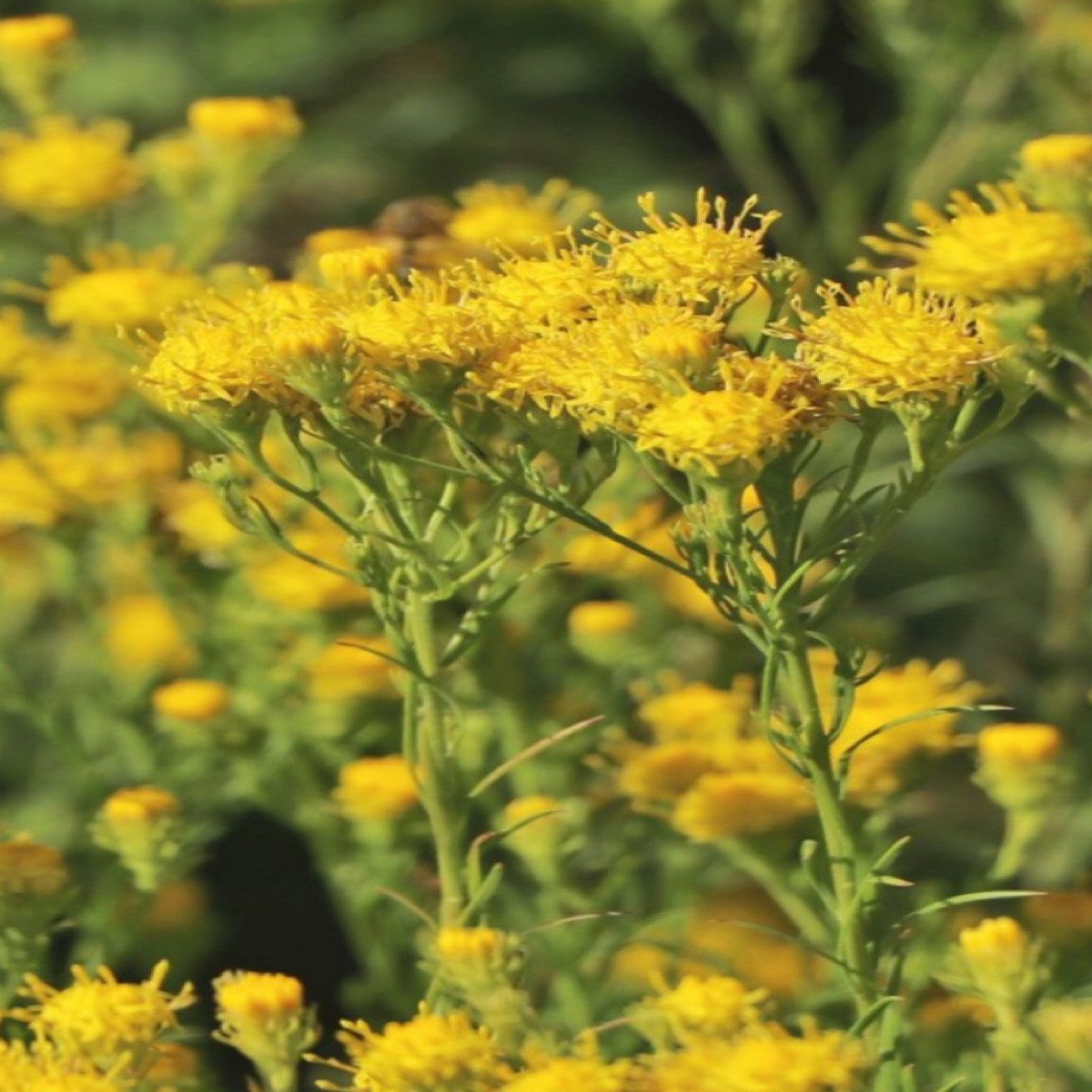Goldhaar-Aster Standardsorte

Variety
Goldhaar-Aster Standardsorte
created by Ninchen28 at 23.03.2025
Season Overview
Propagating
Planting
Harvest
Harvest
J
F
M
A
M
J
J
A
S
O
N
D
1ST YEAR
FOLLOWING YEARS
Description
The golden-haired aster delights every garden lover with its yellow flowers. The (bot.) Aster linosyris is a jewel in the garden that adorns itself with many yellow umbel-like flowers from the end of July until October. These grow in dense baskets on straight stems. The individual flowers have no ray florets, the yellow tubular flowers sit close together. It grows wild from Europe to North Africa and has proven to be a popular ornamental perennial for our gardens. With its striking appearance, this summer flower enhances any garden border. The golden-haired aster grows upright and clumpy. It reaches an average height of around 60 centimetres and a width of 30 centimetres. This easy-care plant needs a suitable location to showcase its full potential. The golden-haired aster likes to be pampered by the sun. With its flower arrangements, it is a highlight in the summer and late summer bed.
Non hybrid
Frostproof
Growing tips
The Aster linosyris is adorned with elongated green leaves. These are on long stems. As the golden-haired aster produces a lot of nectar in its flowers, it provides butterflies, bees and bumblebees with a valuable source of food in late summer. It is a magical sight in the warm sunlight when colorful butterflies hover over the small yellow flower heads and like to settle down. Even after flowering, the perennial shrub is a decorative eye-catcher with its silvery-white fruit ornaments. The easy-care golden aster prefers a sunny spot in the garden bed. It thrives best in well-drained, pH-neutral garden soil. The perennial adorns beds and open spaces and is a fantastic eye-catcher with its bright yellow flowers. This wonderful aster is easy to care for and uncomplicated. The golden-haired aster can be planted in any garden and is versatile. This beautiful perennial tolerates dry days and directs its leaves towards the sun. During longer dry periods, the leaves may curl up. This does not harm the Aster linosyris. It will recover with the next rain. The golden-haired aster looks best when planted in a group. There is room for ten to twelve specimens per square meter. The gardener should ensure a planting distance of around 30 centimetres. In late fall, the golden-haired aster retreats into its roots. The gardener cuts the dried shoots back to ground level. Some people leave them standing through the winter because of the silvery-white fruit clusters and enjoy the attractive sight. In spring, the aster sprouts again. The plant does not need any special winter protection. Over the course of time, the plant's crown will grow larger. The golden-haired aster is a fantastic sight in the garden. Aster linosyris beautifies flower beds, open spaces or rock gardens. With its yellow flowers, it shines from afar and is a fascinating eye-catcher.
Details
Light requirement
Sunny
Water requirement
Dry
Soil
Light (sandy)
Nutrient requirement
Low
Light germinator
Germination temperature
15 - 20 °C (Degrees Celsius)
Plant distance
30 cm
Row spacing
30 cm
Seeding depth
0.5 cm
Companion Plants
Antagonistic Plants
Diseases
Root Rot
Powdery mildews
Pests
Aphids
Land snails